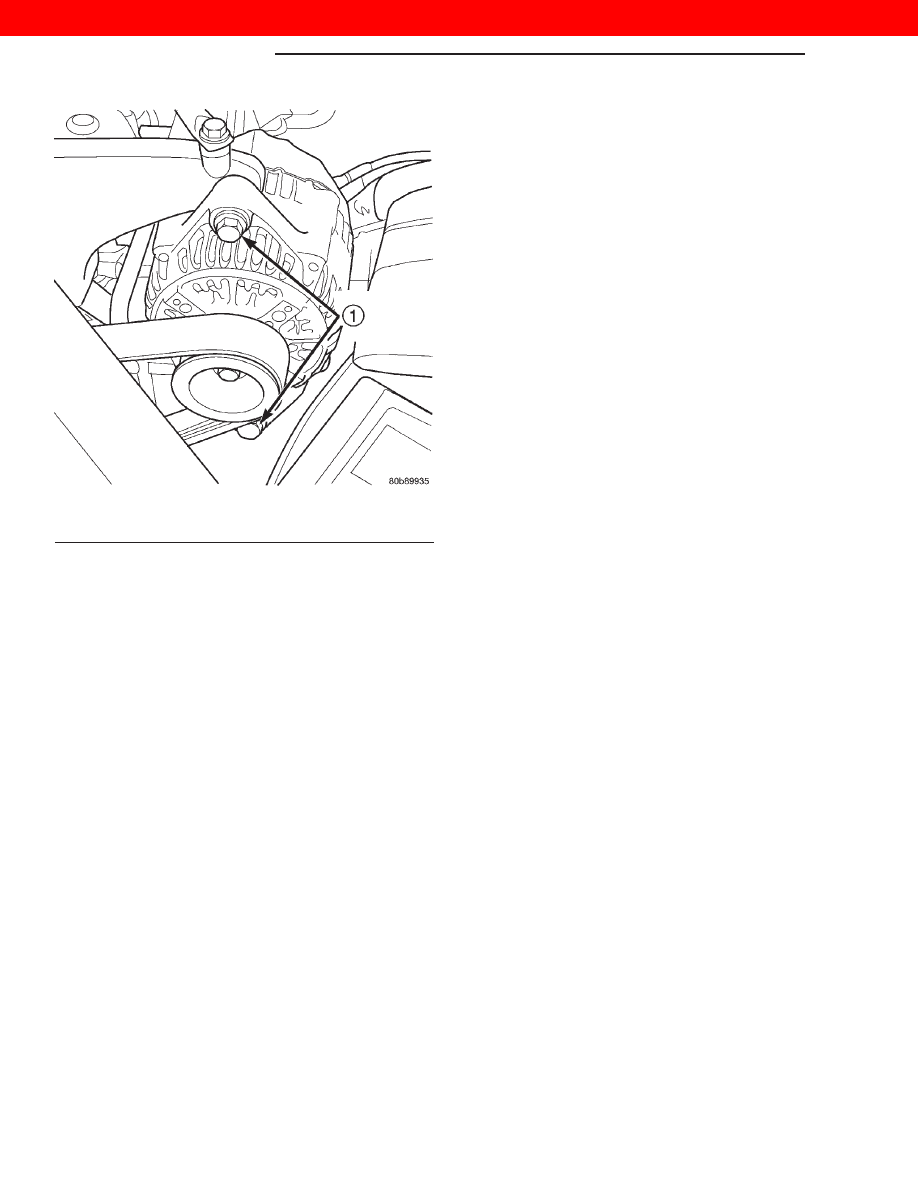Jeep XJ. Manual - part 93

SPECIFICATIONS
SPECIFICATIONS
Battery Terminal
Nut . . . . . . . . . . . . . . . . . . . . . . . . . . . . . 8.5 N·m
Lower Generator Mounting
Bolt . . . . . . . . . . . . . . . . . . . . . . . . . . . . . 47 N·m
Upper Generator Mounting
Bolt . . . . . . . . . . . . . . . . . . . . . . . . . . . . 27.5 N·m
Vacuum Pump Oil Feed Hose
Banjo Bolt . . . . . . . . . . . . . . . . . . . . . . . . 15 N·m
Fig. 2 Generator Mounting Bolts
1 – GENERATOR MOUNTING BOLTS
8C - 2
CHARGING SYSTEM
XJ
REMOVAL AND INSTALLATION (Continued)
2000 JEEP CHEROKEE